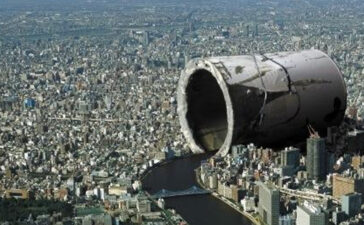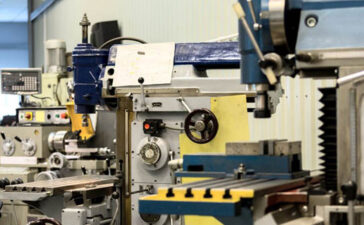There are many types of plastic molds. Even if the molds of the same type are different, the initial and accuracy requirements are different, and the installation methods are also different. Therefore, the assembly drawing should be carefully studied and analyzed before assembly. Part drawings to understand the effect of each part, Characteristics and technical requirements, confirm the installation benchmark. After installation, it will eventually reach the product quality indicators, mold movement accuracy and various technical requirements during use
1. Installation benchmark, installation benchmark can be roughly divided into
- (1) The main working parts in the plastic mold, such as the core, cavity, and mounting are used as the reference parts for installation.Other parts of the mold have installation reference parts for manufacturing and installation.
- (2) The base surface of the template side of the guide column guide sleeve or the mold is used as the installation reference surface for trimming and installation.
2. Mold installation accuracy, mold installation accuracy includes
- (1) Each zero, the mutual accuracy of the parts, such as distance scale accuracy, coaxiality, equality, straightness, etc.
- (2) Relative motion accuracy, such as transmission precision linear motion and reverse motion precision.
- (3) Cooperation accuracy and touch accuracy, such as cooperation gap, interference touch situation, etc.
- (4) The wall thickness of plastic molded parts. When a new mold is made, the wall thickness of the molded part should be biased to the lower limit of the scale.
3. Repair principle
- (1) Repairing the mold release slope, in principle, the cavity should ensure that the large end scale is within the part-scale public service range, and the core should ensure that the small carbonyl size is within the part-scale public service range.
- (2) The corner radius at the corner, the cavity should be small, and the core should be large.
- (3) When the mold has both a horizontal parting surface and a straight parting surface, the horizontal parting surface should have a slight gap when the vertical parting surface is touched. You can touch each other after being red, and the gap of the large mold is about 0.02mm.
- (4) For molds that use a slope to close the mold, after the slopes are tightly closed, there should be a gap of 0.02-0.03mm at the parting surface.
- (5) The connection between the arc and the straight line of the repaired surface should be smooth, and the surface should not have dents.







